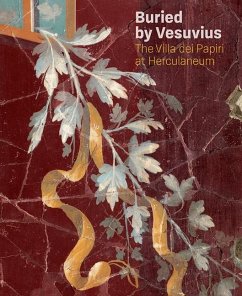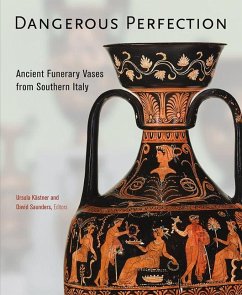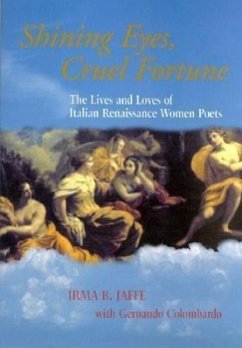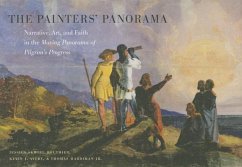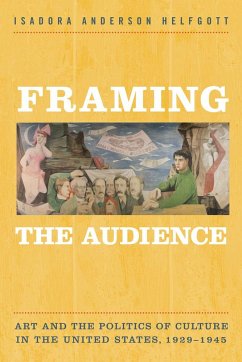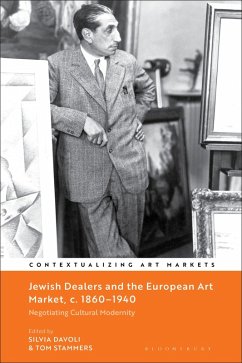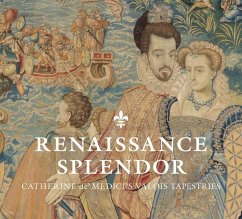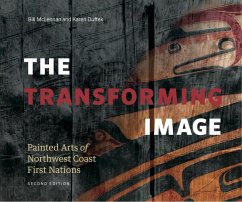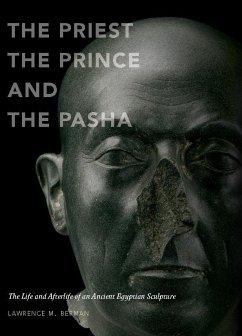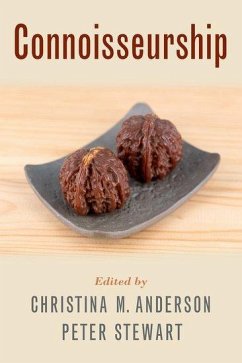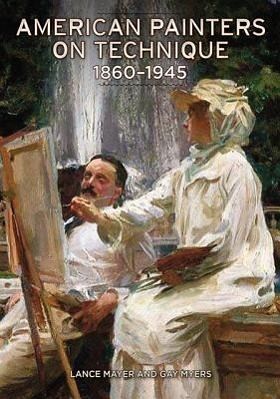
American Painters on Techniqu, 1860-1945
Versandkostenfrei!
Versandfertig in über 4 Wochen
50,99 €
inkl. MwSt.

PAYBACK Punkte
25 °P sammeln!
This book, like the authors' previous volume on American painting materials and techniques from the colonial period to 1860, is the first overview of an important but largely unknown aspect of American art from 1860 to 1945. The study is based primarily on firsthand descriptions of the materials and techniques that artists used to make paintings. It is written to be accessible and interesting to curators, art historians, and painters, as well as conservators. The period covered in this book is best understood divided roughly into two parts: 1860 to 1910 and 1910 to 1945. Between 1860 and 1910,...
This book, like the authors' previous volume on American painting materials and techniques from the colonial period to 1860, is the first overview of an important but largely unknown aspect of American art from 1860 to 1945. The study is based primarily on firsthand descriptions of the materials and techniques that artists used to make paintings. It is written to be accessible and interesting to curators, art historians, and painters, as well as conservators. The period covered in this book is best understood divided roughly into two parts: 1860 to 1910 and 1910 to 1945. Between 1860 and 1910, the predominant theme is the increased number of Americans who traveled to Europe for instruction, resulting in an explosion of transplanted techniques. The lessons they learned there were often recombined in unique ways as they developed their own styles. We know about their approaches from letters, diaries, colormen's catalogues, books, and other printed sources. The following period, from 1910 to 1945, saw a much greater increase in books and other printed sources of information. It was marked by a fundamental change in the attitudes of painters toward their materials. Artists began to turn away from commercially made products and began once again to make their own media and grounds from raw materials. Because of the explosion of information in the twentieth century, the authors moved away from devoting chapters to individual artists and instead included short sections on techniques of many different artists, interwoven with discussions of more general topics. An epilogue summarizes the lessons American painters' experiences over 250 years can hold for contemporary artists interested in the long-term preservation of their paintings.




